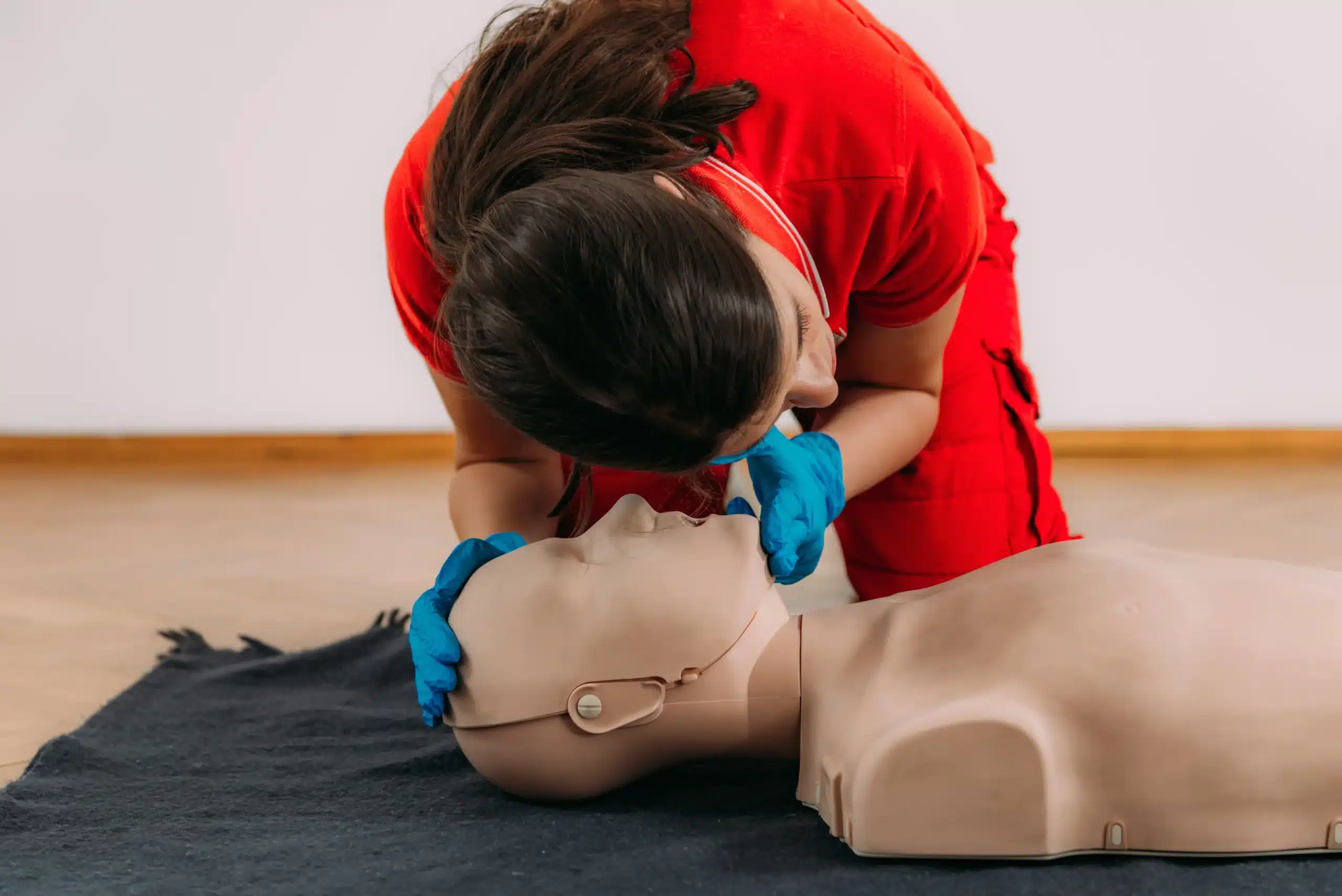Cardiopulmonary Resuscitation (CPR) saves lives. Yet, misinformation spreads like wildfire. This guide exposes myths about CPR. Understanding the truth equips us to act confidently in emergencies. Let’s dig into the most common CPR myths and unveil the facts.
Myth 1: CPR is Only for Professionals
Many think CPR is strictly for medical experts. This belief is widespread. However, anyone can learn CPR. Courses are available for all skill levels. Most community centers offer training sessions. Certification isn’t required to perform CPR. Basic understanding can make a difference in emergencies.
Myth 2: CPR is Too Complex to Learn
Some view CPR as complicated. In reality, the basics are straightforward. Chest compressions are the core. Rhythm matters more than technique. Aim for 100-120 compressions per minute. Online resources provide visual guides. With practice, anyone can perform CPR effectively.
Myth 3: Mouth-to-Mouth Resuscitation is Essential
TV shows stress mouth-to-mouth resuscitation. This action seems crucial. However, hands-only CPR is often sufficient. Compressions keep blood circulating. Oxygen remains in the bloodstream for several minutes. Focus on compressions until professional help arrives. The American Heart Association supports this approach.
Myth 4: CPR Always Revives Victims
CPR improves survival chances but doesn’t guarantee revival. It maintains circulation temporarily. This buying of time is crucial. Emergency services need time to arrive. CPR increases the odds, but outcomes vary. Continuous effort is vital until help arrives.
Myth 5: You’ll Break the Victim’s Ribs
Rib fractures can occur during CPR. The fear of causing harm deters some. However, broken ribs are preferable to no response. Compressions must be firm. Effective compressions require depth. Fear shouldn’t prevent action in life-threatening circumstances.
Myth 6: CPR is Useless Without Defibrillators
Defibrillators are invaluable but not always accessible. CPR remains effective without one. Compressions sustain vital organs. They buy time for defibrillator arrival. Portable AEDs are increasingly available in public spaces. However, starting CPR immediately is crucial.
Myth 7: CPR is Only for Cardiac Arrest
People associate CPR with cardiac arrests alone. However, CPR benefits conditions beyond heart failure. Drowning incidents, choking, and opioid overdoses also warrant CPR. Unresponsiveness and lack of breathing are cues to start. Quick intervention is key.
Myth 8: You Can Get Sued for Performing CPR
Legal concerns deter some from assisting. Good Samaritan laws protect CPR providers. These laws shield well-intentioned actions. The aim is to encourage aid without fear of litigation. Always act with good faith and within your training limits.
Myth 9: CPR is Ineffective After a Certain Age
Age doesn’t negate CPR’s effectiveness. Elderly individuals benefit from timely intervention. Survival rates improve across age groups. The human body’s resilience is remarkable. Don’t hesitate due to age-related assumptions.
Myth 10: You Should Wait for Emergency Services
Time is critical in emergencies. Waiting for professionals isn’t advisable. Immediate action increases survival odds. Bystanders make a difference. Bystander CPR doubles or triples survival rates. Call emergency services immediately, but start CPR without delay.
Myth 11: CPR Training is Time-Consuming
Modern CPR courses are concise. Many sessions last just a few hours. Online options provide flexibility. Periodic refreshers maintain competence. Investing time now saves lives later. Consider it an essential life skill.
Myth 12: CPR Can Harm Patients with Pacemakers
Pacemaker presence doesn’t contraindicate CPR. Chest compressions remain necessary. The device protects the heart. Continue CPR as usual. Avoid direct pressure over the device. Healthcare professionals handle device-specific concerns.
Conclusion
Understanding CPR myths empowers us. Debunking misconceptions fosters confidence. The right knowledge saves lives. Encourage others to learn CPR. Together, we become life-saving allies in our communities.
If you’d like to learn more about CPR, please contact us at Safety Training Seminars. We offer a variety of CPR courses for all levels. Your prompt action in an emergency could save a life.






